The bearded goats watched suspiciously as I solemnly saluted the concrete monument surrounded by barbed wire.
It marks the spot where one of the most daring feats of the Second World War took place, exactly 80 years ago. On the night of April 26, 1944, on this grassy verge just outside the Cretan village of Archanes, Sir Patrick Leigh Fermor, along with others from the British Special Operations Executive (SOE) and members of the local resistance, kidnapped German General Heinrich. Kreipe.
Fermor, once described as “a cross between Indiana Jones, James Bond and Graham Greene”, came up with the idea with fellow cop W. Stanley Moss while in Cairo.
“I was surprised that the plan was accepted,” he would later write in his war memoir Kidnapping a General.
The main target was General Friedrich-Wilhelm Müller, commander of Nazi forces in Heraklion, known as the Butcher of Crete for his role in the massacre of approximately 6,593 men, 1,113 women and 869 children on Greece’s largest island. However, Müller was transferred to Chania and his replacement was appointed.
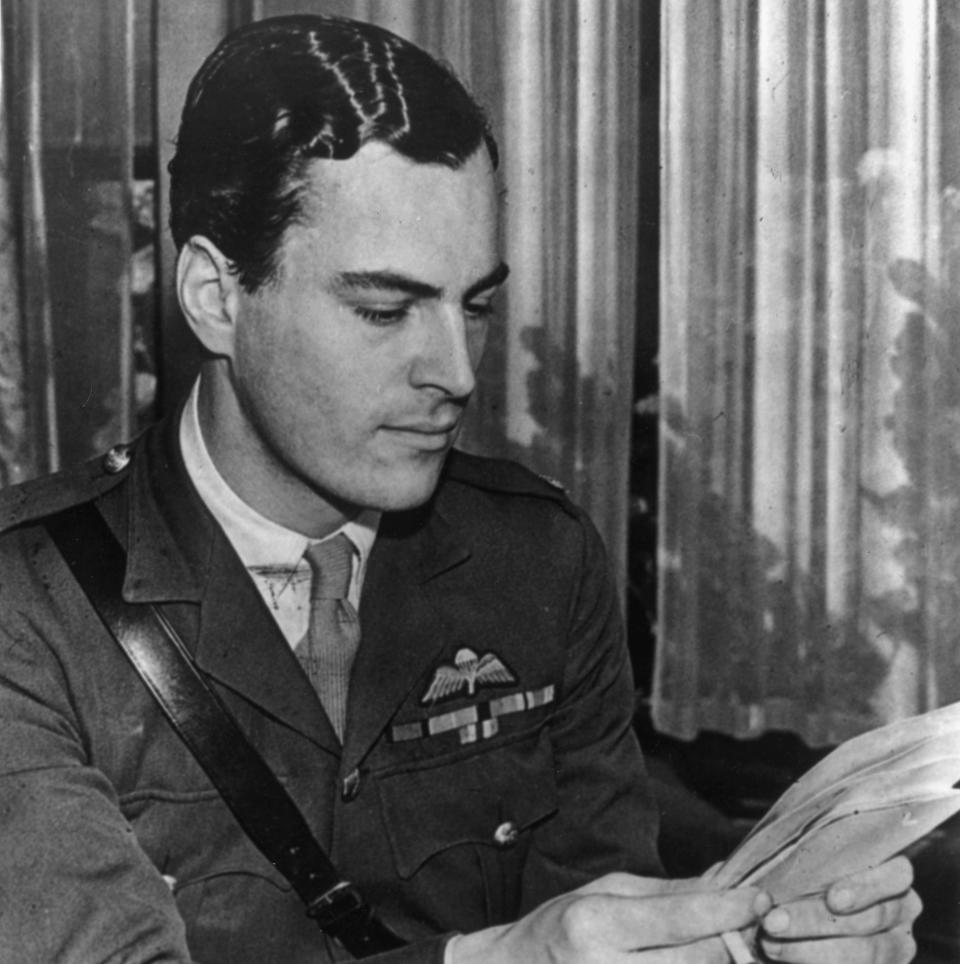
The operation, which received a flashy Hollywood makeover for Dirk Bogarde as Fermor in 1957’s Ill Met By Moonlight, continues to divide historians. In the period that followed, hundreds of people from surrounding villages were killed by German soldiers, allegedly in direct response to the kidnapping. Others denied a connection.
“It is unclear whether all the subsequent massacres were retaliation for the kidnapping of Kreipe,” Manolis Asariotis, whose Dromolatis company runs kidnapping tours in Kreipe, told me. “I think it is unfair to say that the SOE mission caused all the deaths in Crete.”
After leaving a handful of spring flowers beneath the monument, I set out on a winding path surrounded on both sides by vineyards that produce some of Crete’s best wines. I planned to follow SOE’s daring escape route from the Palace of Knossos on the outskirts of Heraklion to the isolated Rodakino bay on the island’s rugged southwestern coast.
Aware that the Nazis would search for them in the mountains, Fermor and his companions chose to pass right through the heart of Crete’s heavily fortified and German-controlled capital, Heraklion. With Fermor impersonating Kreipe and Moss pretending to be the general’s driver, the brave duo successfully passed 22 checkpoints.
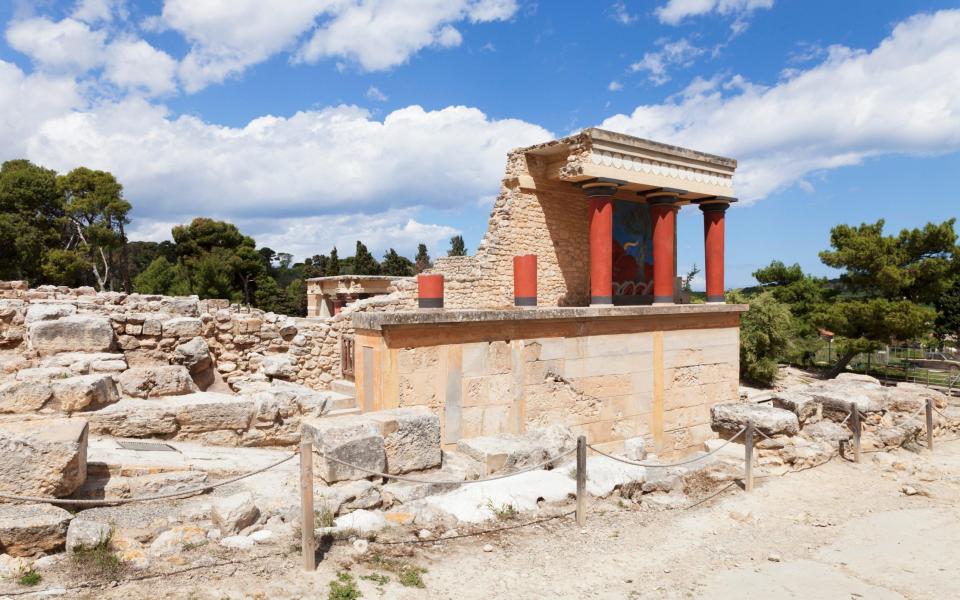

Possibly to pry the general, they even drove past the palm-lined driveway of Villa Ariadne, built for Knossos excavator Sir Arthur Evans, which served as Kreipe’s base and which the Germans would accept in May 1945. surrender.
I followed in their footsteps through Heraklion’s busy streets, past the 1866 Street market, with stalls selling leather goods and spices and cafés serving some of the city’s best tapas, but passing through one of the massive stone arches built by the Venetians. The person who ruled Crete before it fell to the Ottomans.
After a brief stop here to visit the small museum of Fodele, which houses a dozen copies of the works of El Greco, born in 1541, I drove to Doxaro, where Fermor and Moss abandoned their car and left a note in the backseat: : the kidnapping was a British operation “in which no Cretans were involved”.
Guided by members of the local Resistance, the party planned to cross Crete’s highest mountain, Psiloritis, the legendary birthplace of Zeus, but first stopped at Anogeia, a mountain village famous for its tradition of resisting foreign rule and sheltering rebel fighters.
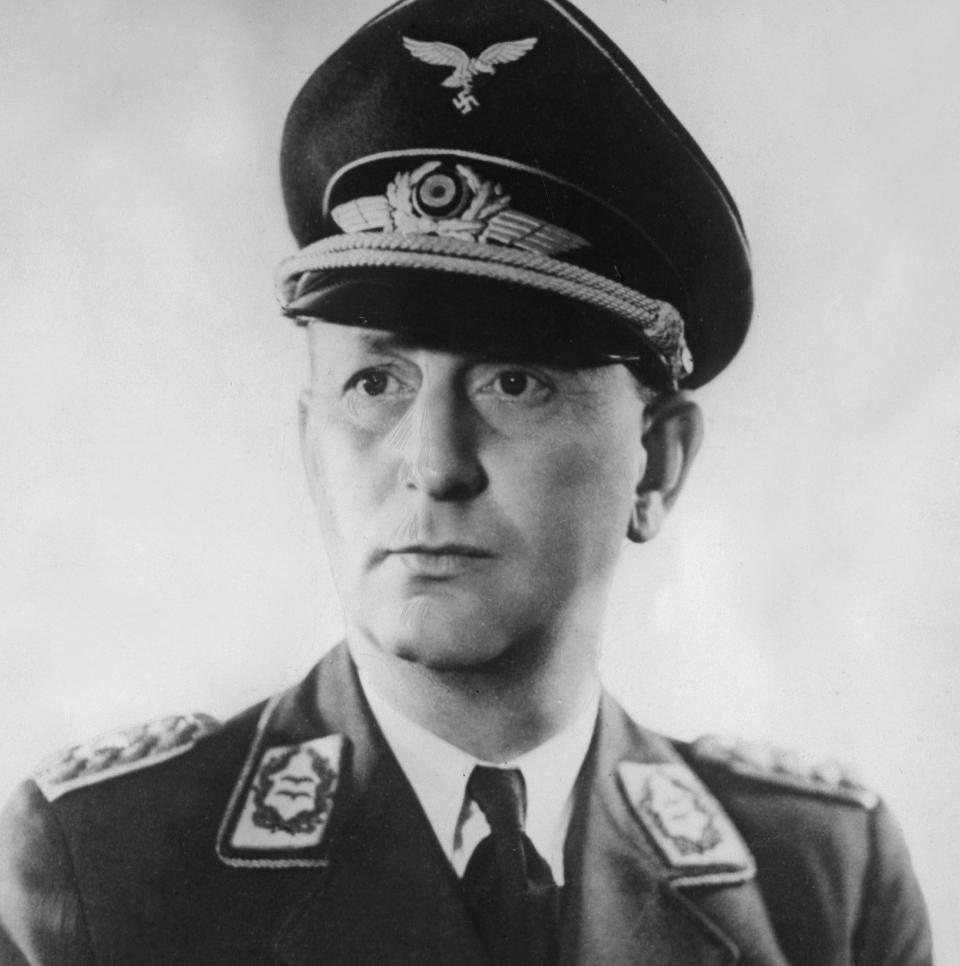

“We could not have lasted a day without the passionate support of the islanders,” Fermor later said.
Like most of the neighboring villages, Anogeia was burned to the ground after Kreipe’s kidnapping, and any men found in or around it were executed. Rebuilt after the war, it is now a pilgrimage site for fans of Greek musician Nikos Xylouris, known as the Archangel of Crete for his stirring songs.
Born in Anogeia in 1936, Xylouris was eight years old when the village was razed to the ground. At the Xylouris museum, a café filled with black-and-white photographs on peeling plaster walls, I met Georgios, one of the singer’s relatives.
“Nikos was our hero. For example, his songs ZabarakatranemiaIt was a call for Greeks to revolt against the military junta [of 1967-1974]she told me as she rewrapped the traditional headscarf sariki, said to be worn in memory of the victims of the Arkadi Monastery who blew themselves up rather than surrender to the Turks during the island uprising of 1866.
Later, at Ta Skalamata tavern, a family-run restaurant near Anogeia’s main square, I sipped raki, the fiery white spirit that enabled Fermor and his friends to continue their epic trek.
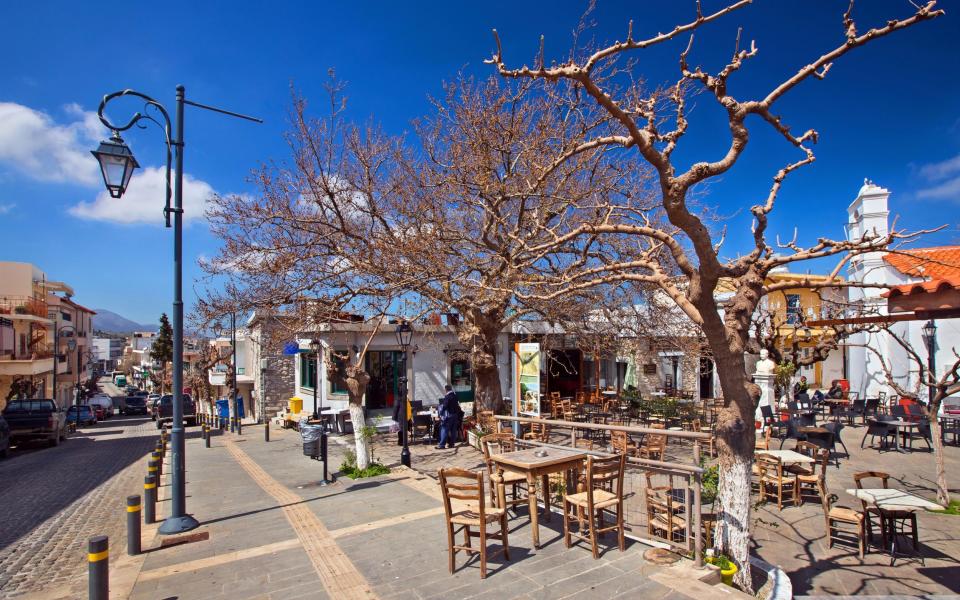

Owner Giannis said: “We suffered from the hijacking but we are proud of it. Our village was destroyed twice during the uprising against the Turks. We believe in freedom here.”
From Anogeia, SOE walked across the snow-covered spine of the island, evading German patrols by day and sleeping in caves at night.
It was in one of these caves that Kreipe sang lines from Horace’s Soracte Ode (“I Will Meet the Moonlight”), giving Moss’s book and the Hollywood movie their titles.
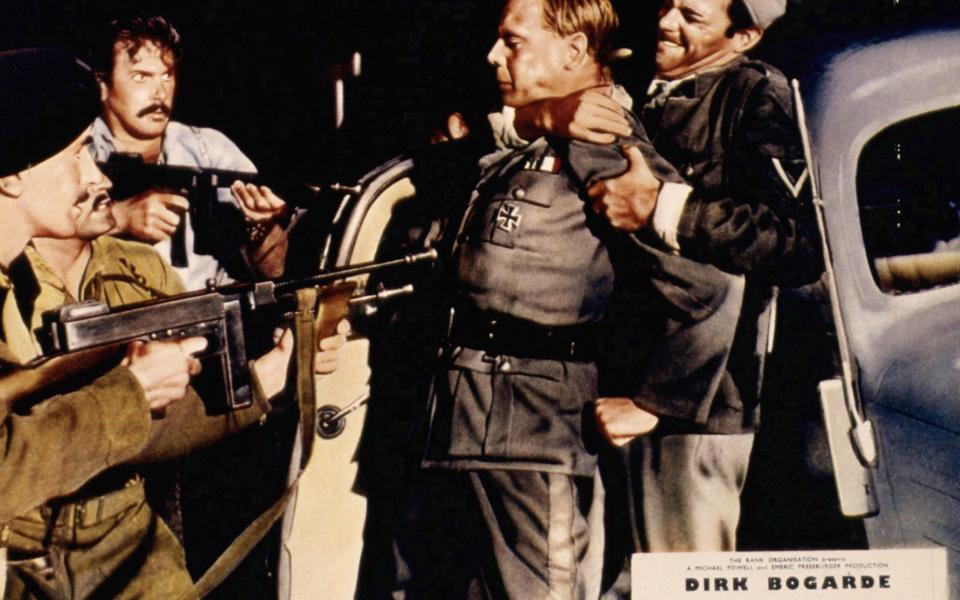

Driving back to Rethymnon, I followed the potholed mountain road from the island’s lively north coast to the nearly deserted beaches of Rodakino on Crete’s south coast.
Reached by a dirt road, Peristeres Beach was as deserted as when the distraught group arrived at the end of their epic three-week walk.
At midnight on 17 May 1944, the SOE officers and Kreipe were lifted from the beach and transported by submarine to Allied headquarters in Cairo; here the general was interrogated before being sent to a prisoner of war camp in Wales.
Those left behind were less fortunate. With Muller back in command, revenge was brutal.
Eighty years later, the kidnapping remains an important part of the island’s story. “Most Cretans, especially in the Rethymnon region, had relatives who participated in one way or another,” Manolis Asariotis told me.
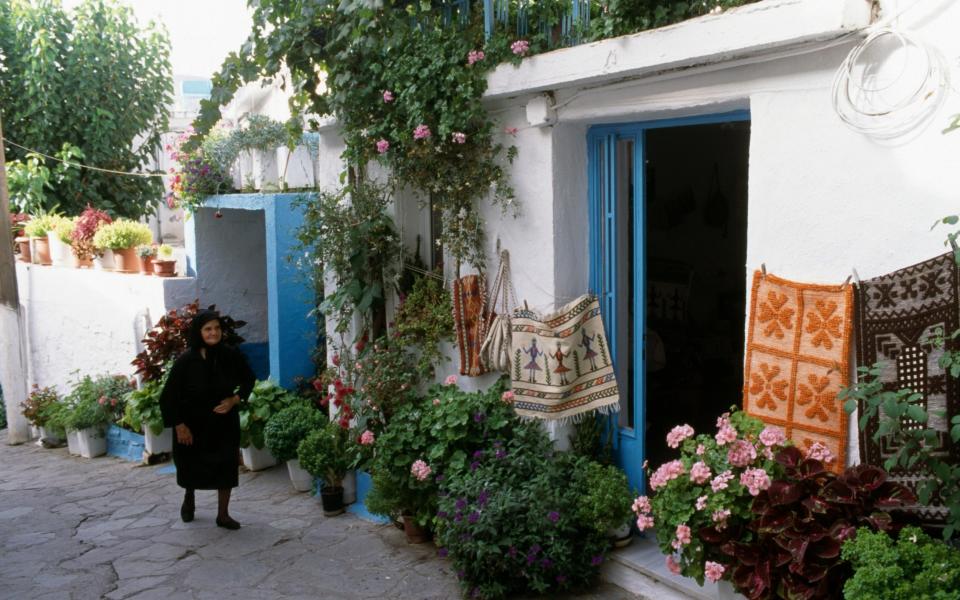

“You have to understand that for the proud Cretans, despite the bloodshed, this was a great victory against the Nazis, because it gave them a clear message: Crete is not and never will be under their control.”
foundations of Crete
Fly from London Gatwick to Heraklion (from £145; easyjet.com). Cars can be rented from Hertz (from £23 per day; hertz.gr).
Double rooms at boutique Amirandes Grecotel (grecotel.com/amirandes) cost £192 per night, including breakfast.
Book a hijacking tour with Dromolatis at Dromolatis.gr. Dine at Ta Skalamata (mains from £7; ta-skalomata.webnode.gr).